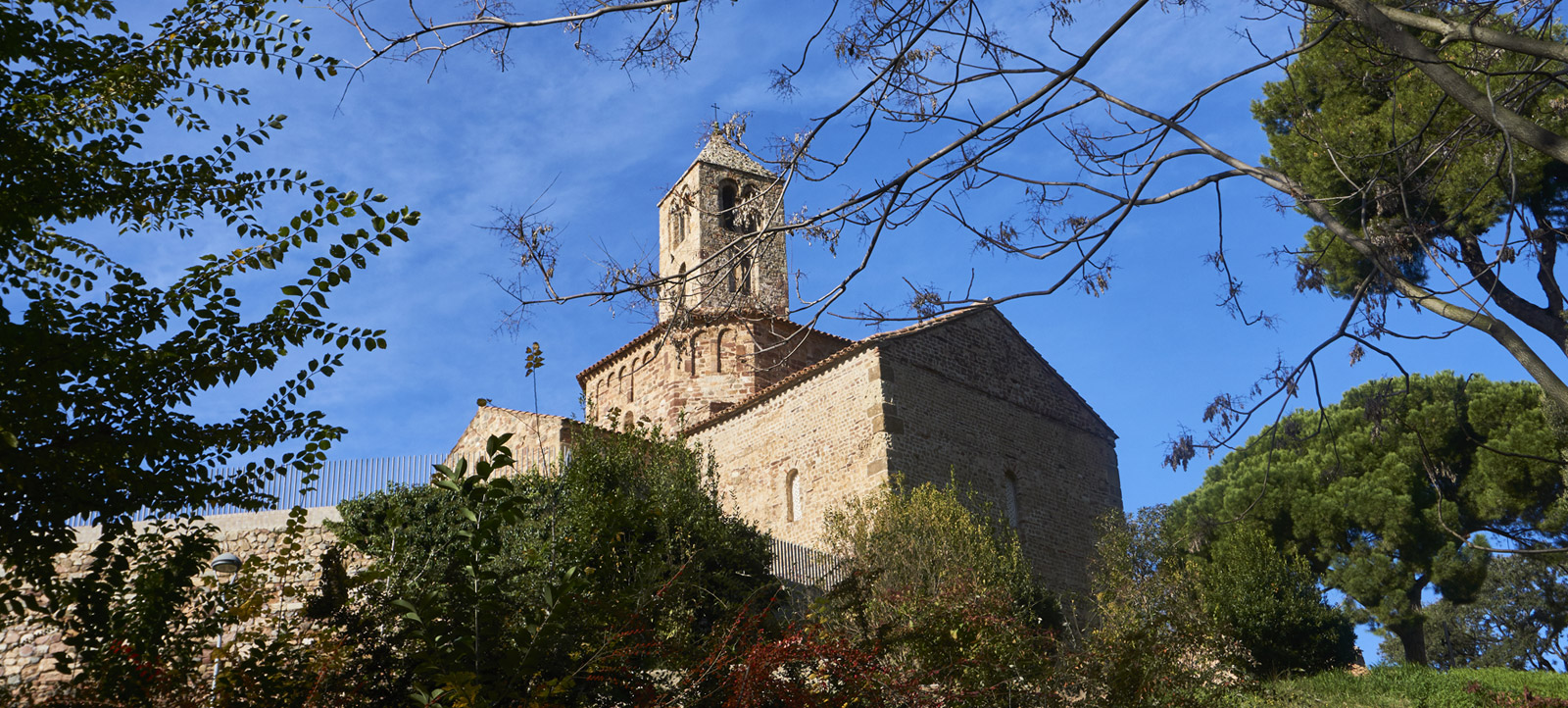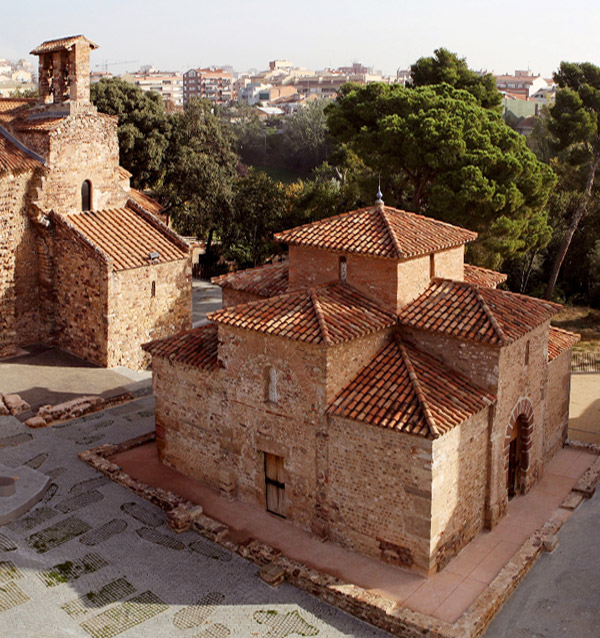

The creation of the bishopric of Egara (founded around 450 A.D.) marked the start of the golden age in the development of an episcopal complex of outstanding artistic importance for Christian Western Europe. One of the best preserved landmarks of Visigothic Hispania.

Exterior of the church of St. Michael

The survival of artistic, architectural and archaeological elements from this period (6th-8th centuries) seen in the architecture of the Cathedral of Santa Maria (St. Mary), the building of Sant Miquel (St. Michael) and the parish church of Sant Pere (St. Peter), along with the pictorial decoration of the three apses, give the site its unique European heritage status.
The See of Egara is a vital landmark in understanding the cultural transfers which took place between the 5th and 6th centuries: the population of Hispano-Roman culture, the Visigothic people and the Byzantine Empire. An outstanding example, in that it shows the blending of Byzantine architectural and pictorial elements, with other Latin features during the period of Visigothic domination. Evidence of the transfer between cultures serving to clarify or complement an understanding of the art and culture of a transitional era between the Roman and Mediaeval worlds.
Degut a la seva excepcionalitat dins del patrimoni cultural europeu, en aquests moments està en marxa la candidatura de la Seu d'Ègara per obtenir la distinció de Patrimoni de la Humanitat, que atorga la UNESCO, a partir de la convicció, basada en sòlids arguments científics, de la seva singularitat universal.